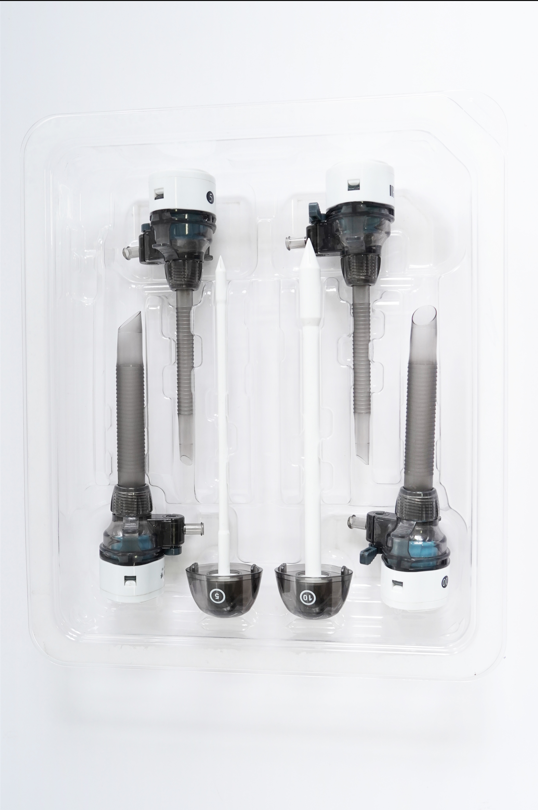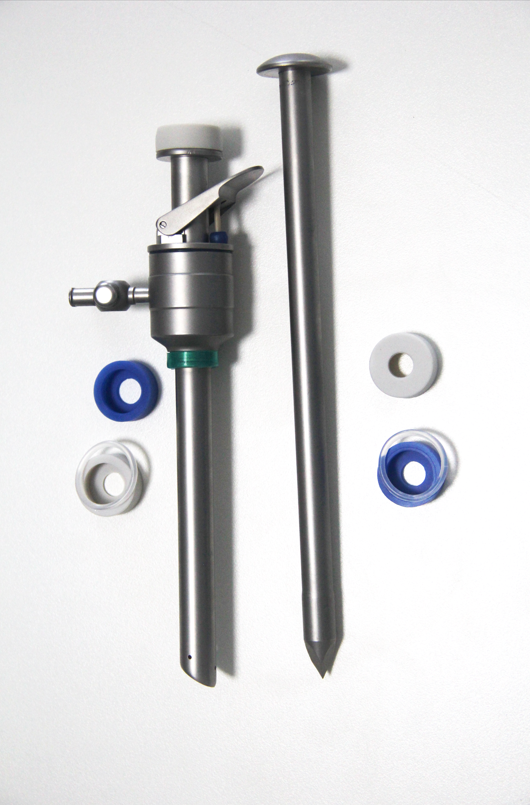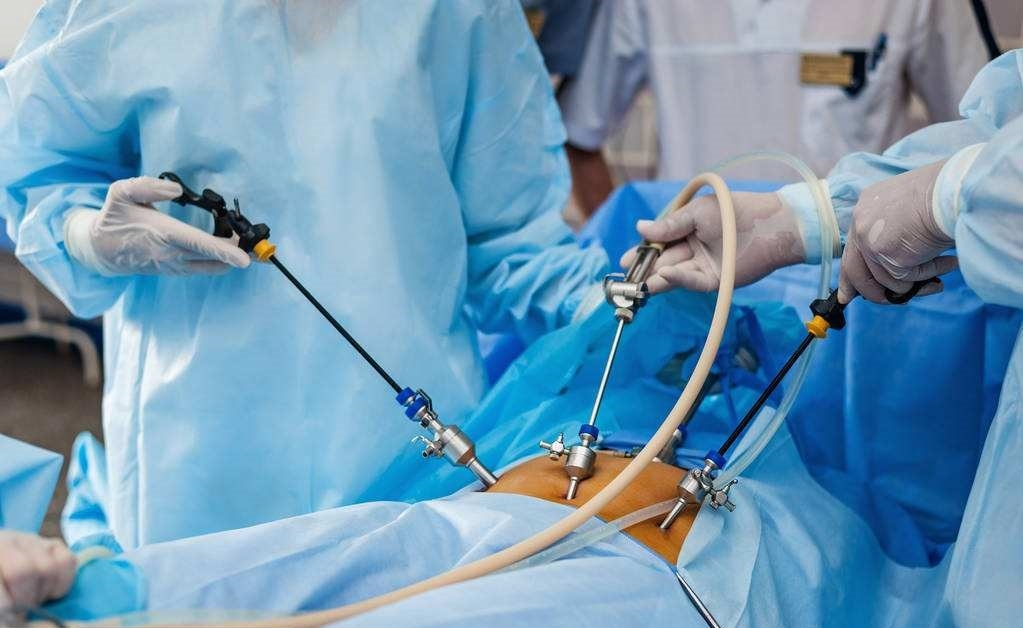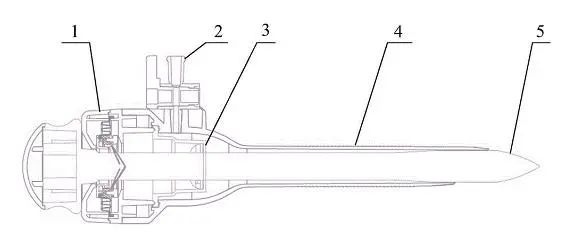Introduction to Medical Consumables——what is a trocar?
2024-08-29A sword, with sharp edges on both sides, features a straight blade and a pointed tip. When wielded, it can be deadly in both forward and reverse strikes, and the tip can easily penetrate armor. It is a very dangerous weapon.
Today, however, we will discuss the trocar,a medical and surgical consumable, which can be compared to the sword. In minimally invasive medical surgery, when a medical condition is detected inside the body that requires surgical removal, the first instrument used is the trocar. The shape of the trocar is similar to that of a sword and, it is agile and capable of penetrating deep into the skin. A trocar is designed to penetrate the abdominal wall and create a passage for other surgical instruments to enter the body cavity; it is a type of minimally invasive surgical instrument.
 |
 |
Types and Differences of Trocars
In general, the primary purpose of a laparoscopic trocar is to establish a channel into the abdominal cavity.
Based on the type of trocar core, they can be categorized into three types:
1.cutting trocars
2.visual trocars
3.dilating trocars.
The indications for visual trocars are to establish an artificial channel to the body cavity. Cutting trocars are used in conjunction with endoscopes to puncture body tissues and establish an abdominal cavity channel during endoscopic surgery.Dilating trocars are used before laparoscopic surgery to puncture the skin and fascia and to insert pre-surgical equipment, accommodating different puncture methods, such as closed (Veress needle method), open (Hasson method), direct insertion, or direct visualization.
Laparoscopic trocars are categorized based on their use into disposable and reusable instruments, each with various specifications. The length of the trocar cannula can be 80mm, 110mm, or 150mm, and the diameter of the trocar core channel can be 5mm, 8mm, 10mm, 12mm, or 15mm. They are also classified by their sealing methods: seal ring sealing and gas sealing.
The History of Trocars
In the 19th century, British physician Reginald S. Southey (1835–1899) developed the "Southey tube" after observing fluid exudation from blisters in patients with generalized edema. This innovation was designed to drain excess subcutaneous fluid from the body. Through ongoing practice and refinement, Southey added a cannula and designed multiple openings, which led to the early form of the trocar.
In 1938, Hungarian surgeon Janos Veress invented a needle with a spring-loaded blunt obturator that automatically retracts upon penetration through the abdominal wall. This device, known as the Veress needle, was designed to avoid injury to internal organs when accessing the abdominal cavity for insufflation.
As other methods for treating edema emerged, the trocar gradually fell out of use in this context. It evolved into the modern trocar used in laparoscopic surgery.
Today, with ongoing advancements in medical and industrial technology, laparoscopic instruments and devices are continually being invented and improved. The trocar plays an increasingly important role and has become an essential consumable in laparoscopic surgery.
Application of Trocars
Due to the advantages of laparoscopic surgery, such as minimal trauma, reduced pain, lower infection rates, quicker gastrointestinal recovery, and smaller postoperative scars, the concept of minimally invasive surgery, represented by laparoscopic techniques, is increasingly recognized and valued by both medical professionals and patients. Today, it can be applied in many types of surgical procedures.
Gynecology:
Hysterectomy
Myomectomy (removal of uterine fibroids)
Ovarian cystectomy
Ectopic pregnancy surgery
Fallopian tube surgery
Infertility
Pelvic clearance
Hepatobiliary Surgery:
Cholecystectomy (gallbladder removal)
Common bile duct exploration and stone extraction
Liver resection
Liver cyst fenestration and drainage
Liver abscess drainage
Biliary-enteric diversion
Urology:
Nephrectomy (kidney removal)
Adrenalectomy (adrenal gland removal)
Ureterolithotomy (ureteral stone extraction)
Gastrointestinal Surgery:
Total or partial gastrectomy (stomach removal)
Appendectomy (appendix removal)
Perforated ulcer repair
Adhesiolysis (intestinal adhesion release)
Colorectal tumor resection
Thoracic Surgery:
Lobectomy (lung lobe removal)
Esophageal cancer resection

The main components of Trocars
The trocar including three parts:
The cannula. This is the shaft that is inserted into the patient to give access to the abdominal cavity.
The seal. This is found at the top of the cannula and ensures that no air escapes from the abdominal cavity while allowing any necessary equipment to be passed through. If air pressure is not properly maintained during laparoscopy, this can impede the surgeon’s view of the area being operated on.
The obturator. This is the mechanism that enables the cannula to make the initial penetration into the abdomen.

1-Handle:;2-Gas Valve;3-Valve Sealing Cap;4- Cannula;5- Obturator






